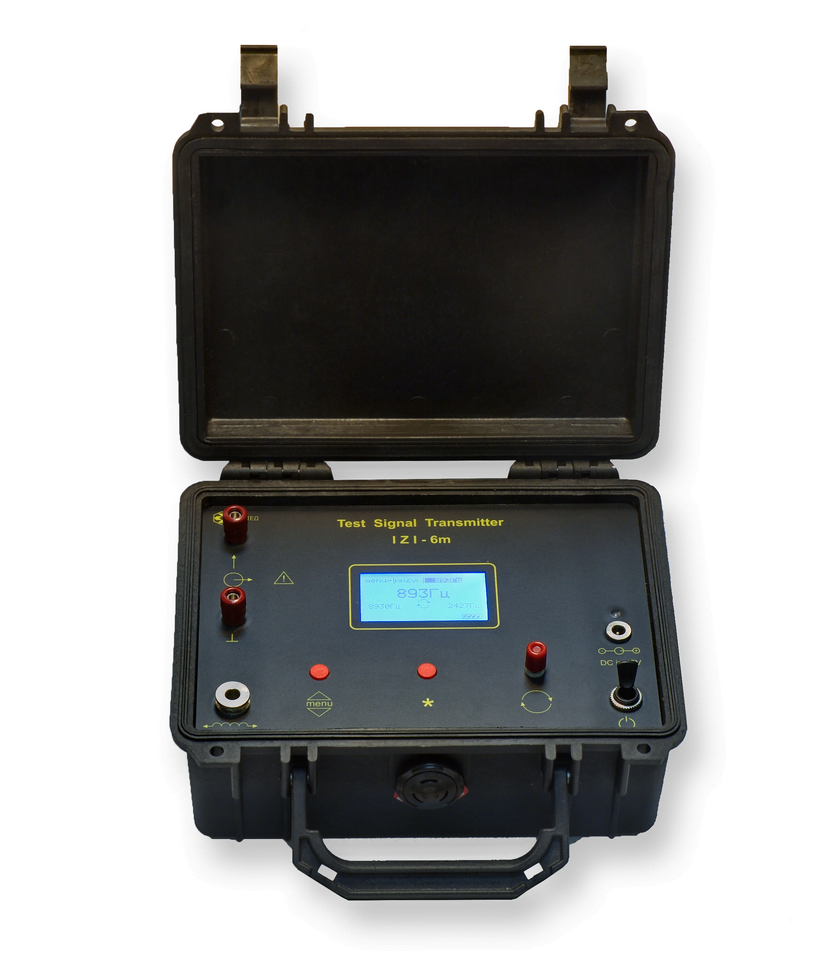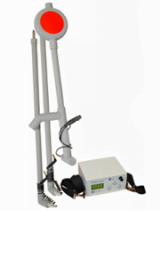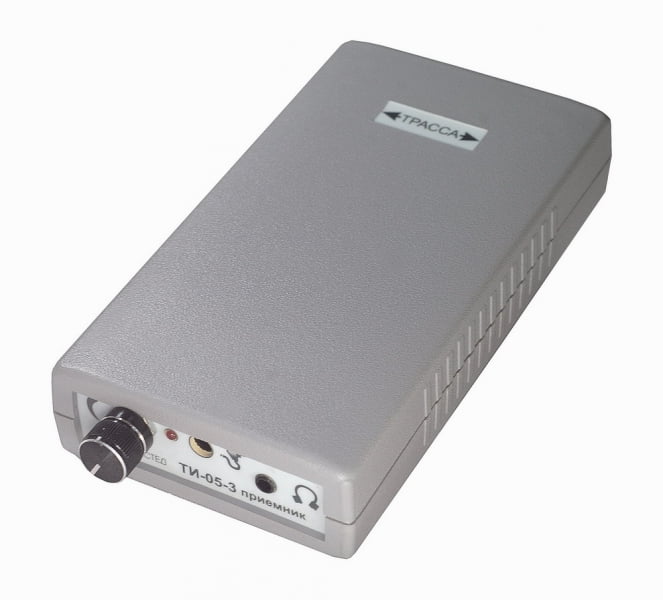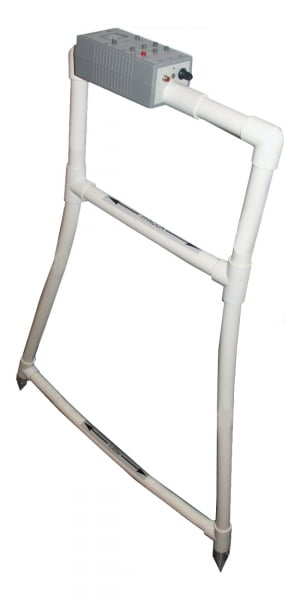Audio Frequency Generator IZI-100
Audio Frequency Generator IZI-6M
Audio Frequency Generators
TDI-MA trace detector (receiver)
TI-05-3 trace detector (receiver)
Trace detector TDI-05M-3 (receiver)
A cable line locator is an indicator device designed to perform the following work:
- search for a cable line;
- determination of the distance to the cable (depth of occurrence);
- determining the exact location of damage (open circuit, insulation failure, short circuit);
- selection of cable cores from the bundle.
Cable tester locator and cable locator are also successfully used for routing various metal pipelines, incl. oil and gas pipelines. With a small length of the route, using the locator, you can search for damaged sections of the cable, and at longer distances it is used in conjunction with reflectometers.
The design of locators (cable detectors, route detectors) provides for the presence of two important units – a receiver and a generator. When searching for a cable or a place of its damage, contact and induction methods can be used.
Induction determination method
The induction method is used to determine the location, depth and direction of the cable, as well as to find its damage – breaks, short circuits. There are two tracing methods – active and passive.
The active mode of the cable locator tester is based on the use of the probing signal emitted by the generator into the cable. The generator is galvanically connected to the cable conductors, which ensures the creation of a magnetic field of the required frequency around the cable. If it is impossible to organize a galvanic connection to the track, the operator can make contactless guidance of the generated signal to the track, using a special inductor for this.
The tester-locator, which receives the probing signal of the generator reflected by the path, has a special search antenna. The re-emitted signal is registered by the operator by means of headphones or read out in digital form from the indicator of the device. There are several options for orienting the search antenna in relation to the path. With their help, you can get accurate information about the location of the cable, its direction, depth, and also determine the location of damage with an accuracy of 100 mm.
The passive search mode is based on the registration of industrial frequency signals by the locator receiver, which is carried out without connecting the generator to the route. In this mode, the locator can be used as a device for studying the topology (configuration) of AC networks.
In the section “Locator Application” you can get acquainted with more detailed and comprehensive information on the use of the induction method in the process of searching for routes and their damages.
Contact method of determination
The use of the contact method provides a sufficiently high accuracy when searching for damaged places in insulation. The generator, being a source of a probing signal, being connected to the investigated track (you can also use an inductor), creates leakage currents in places with damaged insulation. The implementation of this method is provided by contact probes, which are equipped with the receiver of the trace detector. With the help of probes, the step voltage is measured along the route. During the search, the operator moves along the track, making periodic touching the ground with the probes, while the step voltage values are recorded on the indicator of the track detector. The location of the damage will be determined by the magnitude of the step voltage – in it it reaches its maximum value.
See the Using Locators section for more information and advice on using the contact method.
ERSTED CJSC produces the following models at affordable prices: TI-05-3 trace detector, TDI-MA trace detector, TDI-05M-5 trace detector, ISI-100 generator (100W), and ISI (6W).






